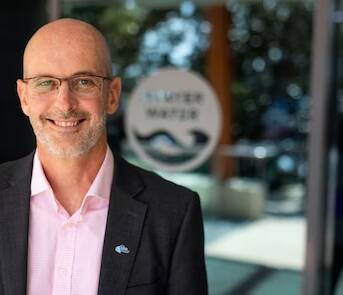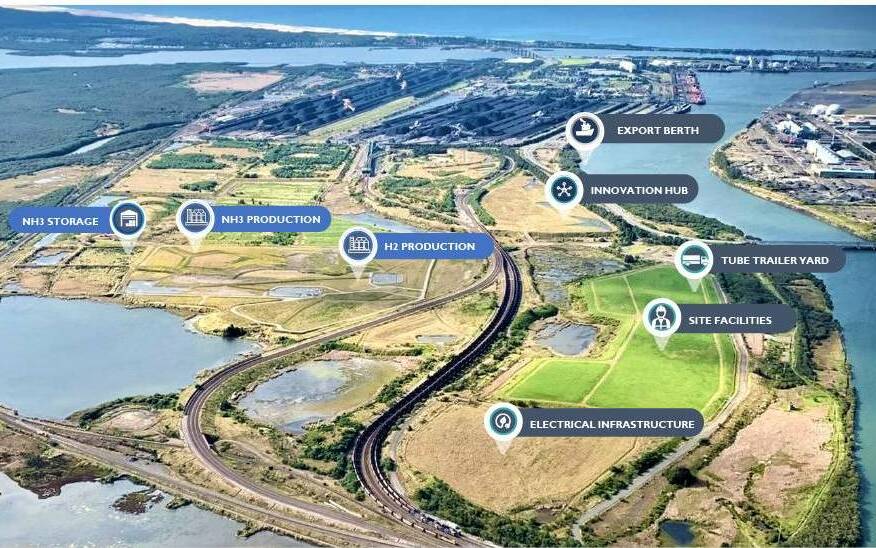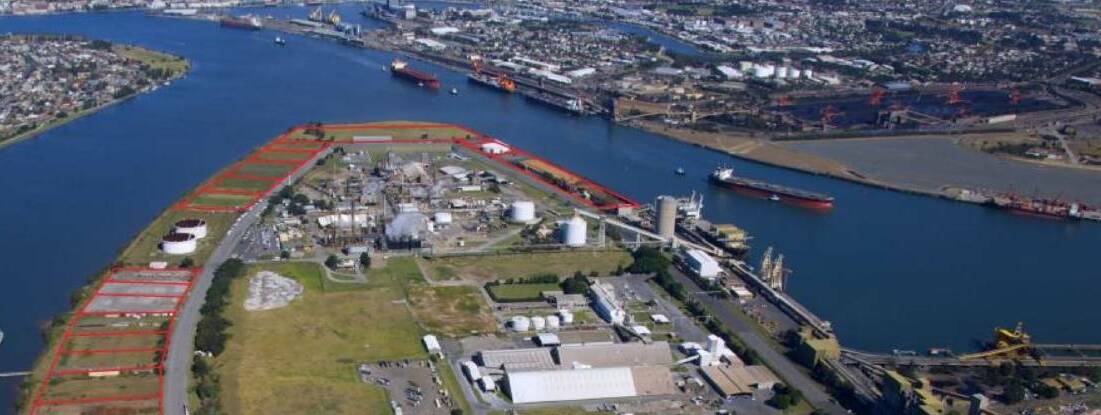At least five times more recycled water than conventional calculations suggest would likely be needed to produce green hydrogen at the Port of Newcastle's clean energy precinct, Hunter Water believes.
Stoichiometric calculations, which reflect the ratios of reactants before, during, and following a chemical reaction, indicate that nine litres of water is needed to produce a kilo of hydrogen via electrolysis.
However, Hunter Water modelling suggests more than 50 litres of recycled water would be needed to produce a kilo of green hydrogen.
This is based on the fact that the water would need to be treated to an ultra pure level before it is suitable for electrolysis.

"The exact amount (of water) will depend upon not only the source of the water but also the characteristics of that water. One of the key things is the removal of salt because all water has some level of salinity in it," Hunter Water managing director Darren Cleary said.
"Hydrogen (production) uses large volumes of water. It's substantially more than nine litres but exactly how much depends upon the specifics of what you're doing.
"We're working closely with the port to understand what their plans are."
The Port of Newcastle released artist impressions for Stage 1 of its clean energy precinct in May.

It is hoped that the 220-hectare parcel of port land will play a vital role in positioning the region as a leading clean energy production, storage and export hub by the end of the decade.
It is estimated the project could support almost 6000 jobs when fully realised.
The most likely source of recycled water for the green hydrogen project is the Burwood Waste Treatment plant, which discharges about 48 million litres of highly treated effluent into the ocean every day. But the cost of building a dedicated pipeline from the treatment plant to Kooragang Island would run into hundreds of millions of dollars.
"The water demands that have been discussed can absolutely be met. It's a matter of aligning the investment time frames around them," Mr Cleary said.

"Certainly we will be ensuring that it is met in a way that doesn't have implications for the water security for the broader population."
The supply of recycled water for green hydrogen production does not feature in the 2022 Lower Hunter Water Security Plan, Hunter Water's blueprint for the region's water security for the next four decades.
"Recycled water is not a source that is provided for as part of our (drinking water) supply so it doesn't impact on the plan from that perspective," Mr Cleary said.
"If the volume of water that they needed for hydrogen production were to be greater than that then we would be talking to those proponents about how that is best sourced."

One solution would be to construct a desalination plant on Walsh Point in Newcastle Harbour.
The project was among a number of options that Hunter Water has previously canvased to improve the region's water security.
A 2020 desktop geotechnical report for the project, which could produce 160 megalitres of water a day, estimated it could cost up to $500 million and take about three years to build.
"As we have seen, there's a large amount of investment required for the energy transition and the water component of hydrogen is one of them," Mr Cleary said.
"It remains to be seen what the right level of investment is and how that is funded.
"Certainly if you apply our current approach for funding, the beneficiary would pay that so that the broader rate base would not be subsidising that investment. They would only contribute to that investment to the extent that there is a benefit to the broader base."
To see more stories and read today's paper download the Newcastle Herald news app here.







